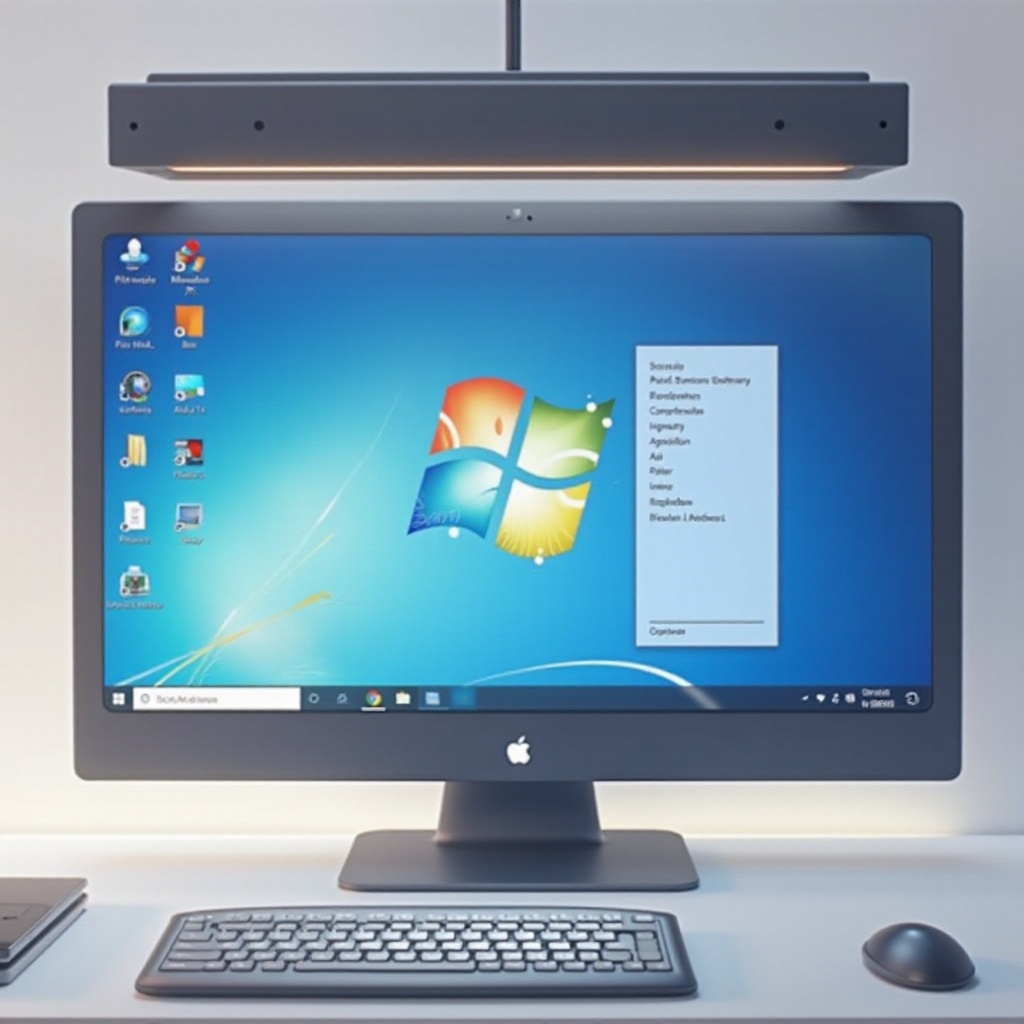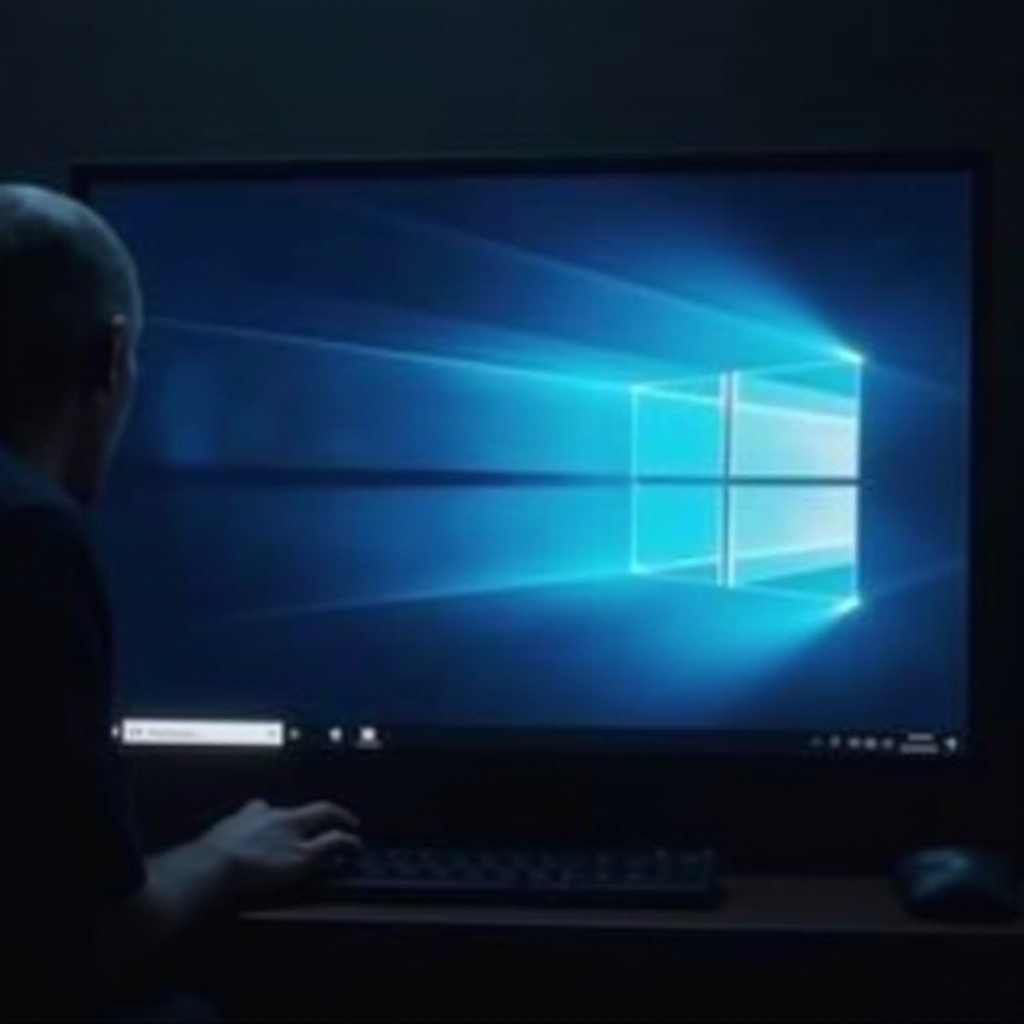Introduction
Dealing with off-screen windows can be an exasperating hurdle, hindering your workflow when least expected. These issues surface due to various configurations or setups within Windows 11, but fret not: the operating system at your disposal brings forth several practical solutions to tackle them effortlessly. By delving into the principles and methods surrounding off-screen windows, you position yourself to preserve a seamless and focused computing experience. This guide embarks on a journey through the Windows 11 landscape to unveil ways to bring errant off-screen windows back into your visible realm, empowering you to concentrate on tasks without needless interruptions.

Understanding Off-Screen Windows in Windows 11
Off-screen windows emerge when your application windows fail to appear within the active space of your monitor setup. This scenario can materialize for numerous reasons, including unforeseen shifts in display configurations or the integration of multiple screens. Even with Windows 11’s sophisticated design and abundant features, a misstep in configuration may result in windows vanishing from sight. This nuisance can introduce needless frustration, consuming valuable time as users strive to bring back control over their workflow. By probing the root causes behind off-screen windows, we equip ourselves with insight to apply appropriate solutions, rendering our navigation and application interactions more intuitive.

Common Scenarios for Off-Screen Windows
There are myriad situations that can lead to off-screen windows, each with its own set of root causes and effects. Picture scenarios where you detach an external monitor without adjusting window placements, or when an unexpected change in display resolution ensues. Following a graphics driver update, a window’s original position might seem forgotten. Additionally, disparities might arise when different monitors are set up for presentations or similarly unique setups, pushing applications out of view, leading confusion to disrupt your focus. Recognizing these circumstances fosters a better approach in addressing the issue, enriching your overall user experience.

Methods to Move Off-Screen Windows
Navigating the terrain of off-screen windows doesn’t have to be an overwhelming task. Windows 11 endows users with multiple pathways to resolve this issue, allowing you the freedom to adopt an approach that aligns with your comfort and convenience.
Using Keyboard Shortcuts
For those who favor sleek keyboard efficiency, shortcuts provide a swift remedy to corral off-screen windows back into the visible spectrum:
-
Apply the
Alt + Tabcommand to browse open applications and highlight the elusive window. -
Activate the window’s menu using
Alt + Space. -
Opt for the ‘Move’ command by striking the
Mkey. -
Direct with the arrow keys on your keyboard; once pressing left, right, up, or down, the window inches towards your display. Persist with arrow taps until it appears on your screen.
-
Cement its position with an
Enterkey press.
This shortcut approach presents an expedited solution for encountering off-screen window dilemmas.
Adjusting via the Taskbar
Aided by the Windows 11 taskbar, users can manage off-screen windows effectively, bypassing the reliance on keystrokes:
-
Spot and right-click on the wayward window’s icon nestled in the taskbar.
-
Navigate the context menu, hover over and click ‘Maximize’ to thrust the window to your primary active screen.
-
Post-maximization allows for manual resizing and relocation using the mouse.
For individuals less accustomed to shortcuts, leveraging the taskbar is a superb alternative.
Changing Display Settings
At times, revitalizing your display settings may clear away off-screen window misalignments, especially those propelled by resolution shifts or configuration slip-ups:
-
Prompt a right-click on your desktop and select ‘Display settings’.
-
Authenticate that monitor settings truly reflect your current setup and stipulated resolutions. Adjust display arrangements if multiple monitors are at play.
-
Invoke the ‘Identify’ option to ensure displays rightly align and balance input-output expectations.
-
Following these changes, check if the previously obscured windows have reentered your view.
Through reviewing display configurations, one can not only resolve current anomalies but stem future occurrences proficiently.
Exploring Snap Features in Windows 11
Harnessing Windows 11’s premier snapping innovations can augment window management prowess, boosting workflow efficacy:
-
Initiate the
Windows + Zcombination, introducing the Snap Layouts feature for precise organization within the active screen arena. -
Drag and guide any application window to your screen’s summit until outlines materialize, consenting to snap potential, thereby equitably arranging additional windows.
These snap advancements offer a coherent, visual approach to juggling multiple windows, ideal for extensive displays or dual-monitor frameworks.
Conclusion
Windows 11 equips users with a toolbox full of intuitive strategies to reign in off-screen windows, safeguarding both productivity and focus in the process. By weaving keyboard shortcuts into your routine, employing the taskbar, tuning display settings, or engaging snap features, one can easily usher off-screen windows back into the fold. Embracing these methodologies ensures users hold the reins over their window management, propelling a seamless and efficient operating environment.
Frequently Asked Questions
Why do my application windows keep going off-screen?
Off-screen windows may happen due to plugging or unplugging monitors, resolution changes, or improper display configurations.
Can I prevent windows from going off-screen in multi-monitor setups?
Yes, ensure monitors are correctly configured and arranged. Regularly check display settings and use snapping features to maintain order.
Are third-party tools recommended for managing off-screen windows?
While Windows 11 provides efficient methods, third-party tools can offer additional functionality. However, ensure these tools are reputable and compatible with Windows 11.

